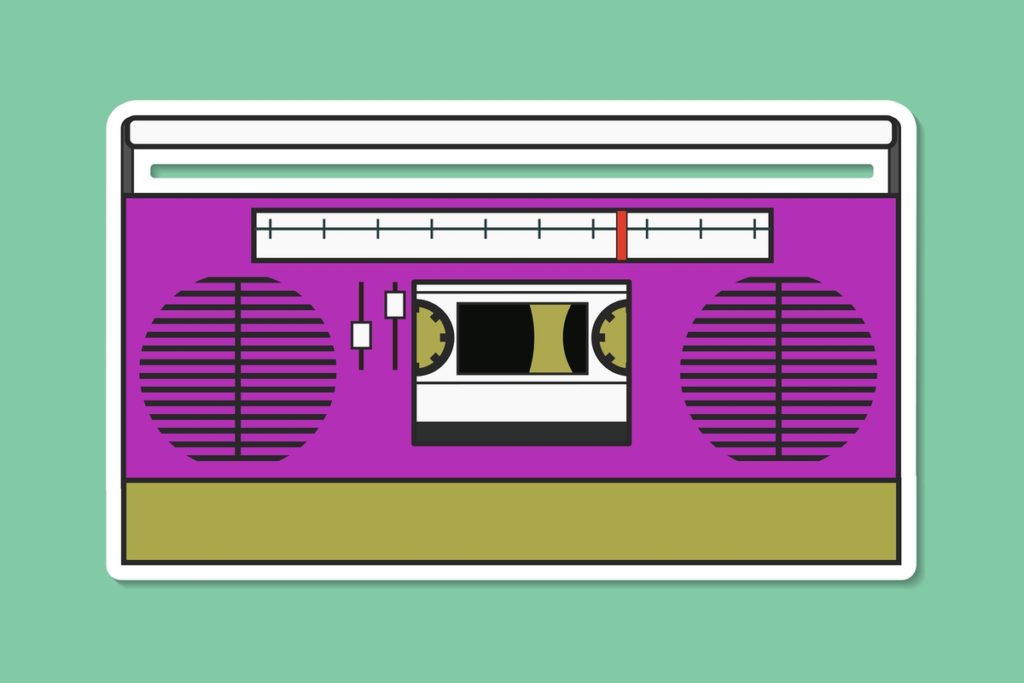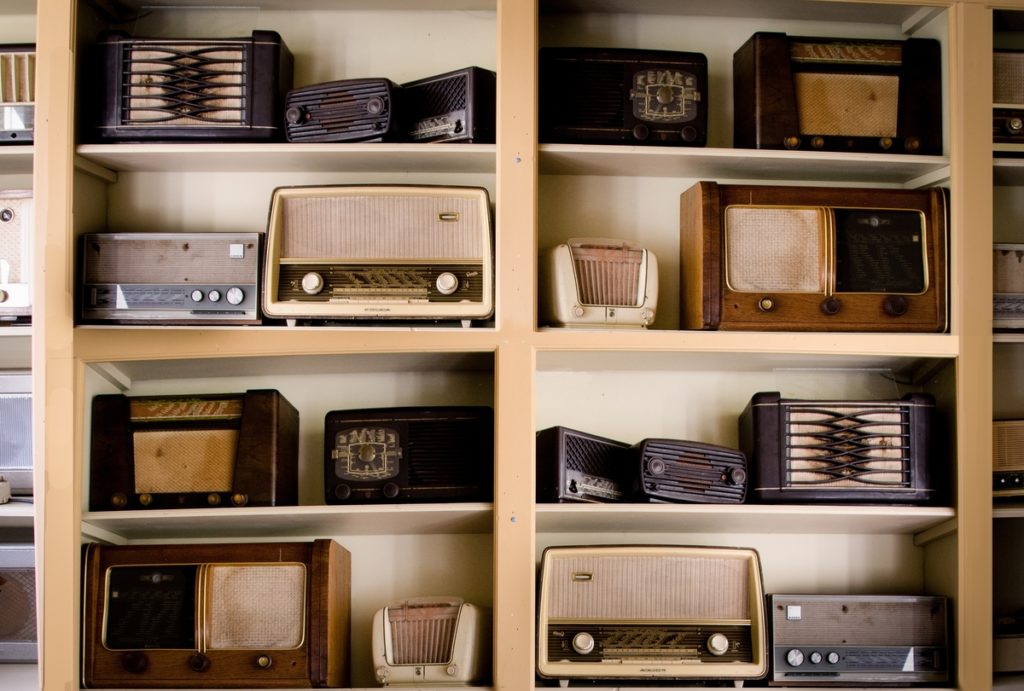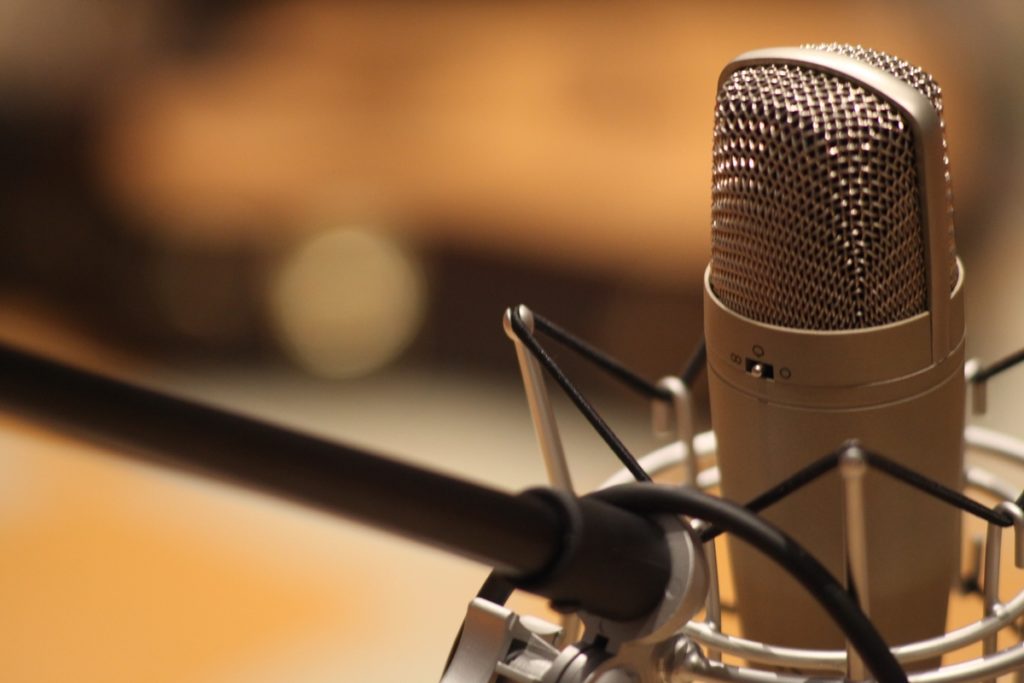
Radio Day: Background and Influence
In the era of digital media, radio continues to thrive even as the newer generations alter listening trends and habits. And there’s no better day to honor this and the other accomplishments of this media form than World Radio Day! The United Nations General Assembly adopted the holiday in 2012 as an International Day. Celebrated on February 13th, the day aims to celebrate one of the most popular, trusted, and historical forms of media.
While people born in the digital era may not be familiar with the industry, the history of radio taces back over a century. According to an article from TechWholesale, it was first used to contact ships out at sea in the 1920s. Back then, radio communications were under preliminary development. This meant that radio operators could only rely on Morse code to send and receive messages.
Nowadays, radios are a standard technology that we can easily spot in cars, malls, homes, and commercial centers. People listen to it to get information, news, and entertainment. However, before the prosperous growth of digital media, radio was once the primary platform for connecting with the outside world. In this article, some professors from the journalism industry will talk about their opinion on the industry’s status quo and express their thoughts on whether the industry is becoming obsolete or still thriving.
No Substitutions Needed

Chelsi Walls, a professor from the Department of Communication at College of Southern Nevada (CSN), listens to radio regularly and has for many years.
“I do listen to radio broadcasts, especially when working outside,” she said. “I mainly listen to music stations, such as country and pop.” With the multitude of available programs on the radio, like talk shows and weather reports, music holds the place as the most popular genre containing a large number of listeners.
When asked whether broadcasts will end up being substituted by digital media, Professor Walls said, “I am not sure that the radio will be substituted per see. [It ‘s] a standard feature in…cars, and you often hear it in other forms.”
Broadcasts are now evolving to other media forms to satisfy the needs of different types of audiences. “Outlets such as Sirius Radio and other forms of entertainment like music and news-related platforms are appealing,” Professor Walls said. “I thoroughly enjoy Sirius radio, and to be honest, I like the genre or decade options, and I enjoy the lack of commercials.”
Although digital media is more popular with Millennials and Generation Z, Professor Walls thought that the industry is still irreplaceable for the older generation.
“In the ever-changing world, and with the constant need for social media, I am not sure that radio broadcasts are as popular as they used to be,” she said. “However, I do still think they are very relevant and used. I also think it is a generational aspect; older Millennials and up are more likely to listen to the radio since it is something we are familiar with.”
Ways to Revive the Media Through Radio

A part-time professor from the Department of Communication at CSN, Jeff Hein, contends that the radio industry is still vibrant and strong.
With over 28 years of marketing and public relations experience, he believes social media won’t replace broadcasts, at least not in the foreseeable future. He also pointed out that radio is more accessible in cars, which is a dominant reason driving the industry to sustain for a long time.
Unlike digital platforms we access through phones and tablets, radio provides companionship for long commutes and road trips. And, with mobile device usage prohibited while driving, listening to the radio is both enjoyable and acceptable.
With a love for classic rock music, Professor Hein enjoys listening to the radio frequently himself. However, when asked about suggestions to revive the industry, he said, “Radio can only be revived if more young people listen to it.”
Radio companies have to diversify their content and platforms to connect with their audiences to enlarge the audience base. For example, companies can interact with their audience more by holding synchronic live broadcasts on Instagram, Facebook, and TikTok. In addition, hosts of broadcasts can also establish their social media platforms to listen to the feedback from their audience.
(Article continues after ad)
Sponsored Ad
A Thriving Media That Continues to Reject Obsoletion

When looking at the development of the industry, we see the recent changes in media and the journalism industry.
Listening to the radio enabled people to discover the outside world in the past. However, with the growth of a large variety of competitive and fledgling digital platforms, we’re not confined to listening to it anymore. Instead, we’re exposed to a more creative and interactive media atmosphere with platforms like Spotify or Bandcamp.
Nevertheless, digital media is not a hostile competitor. Rather, it’s a comrade for the radio industry to form a complementary system. As the foundation of current media systems, many people working in media believe that the industry continues to thrive. And they foresee its potential for growth in the future.



